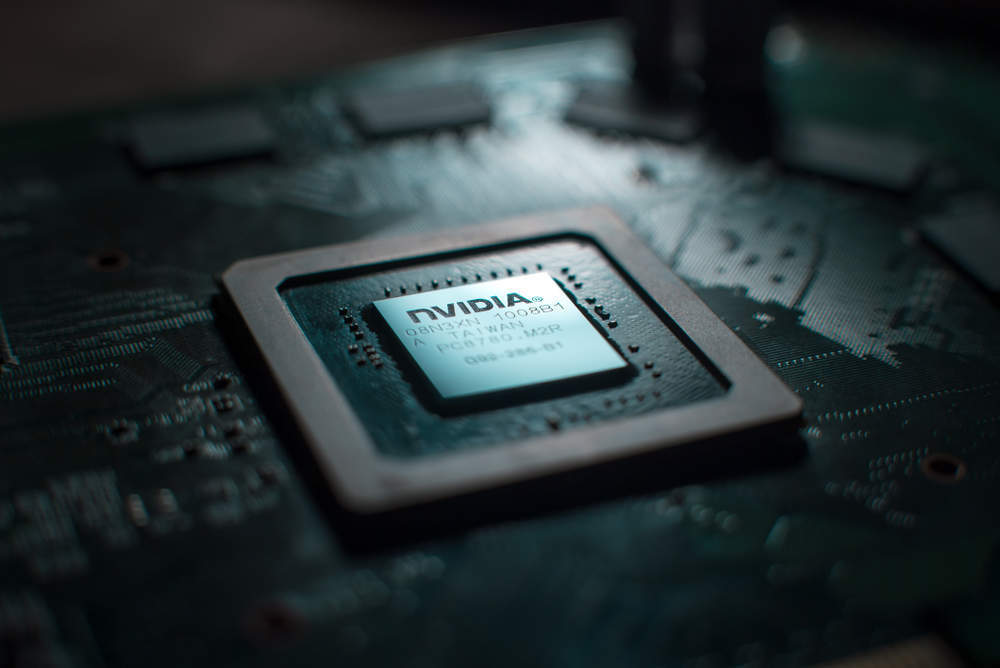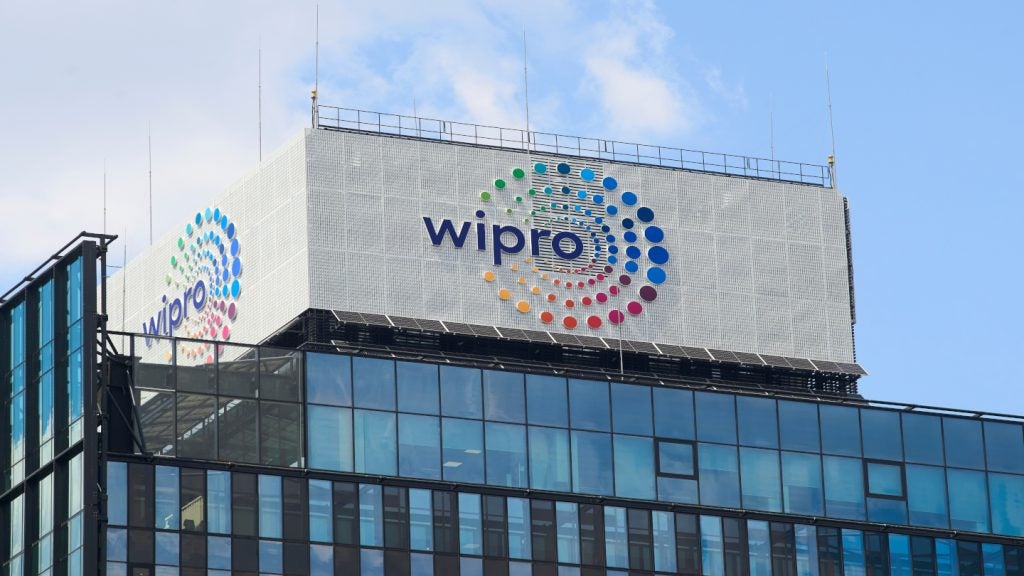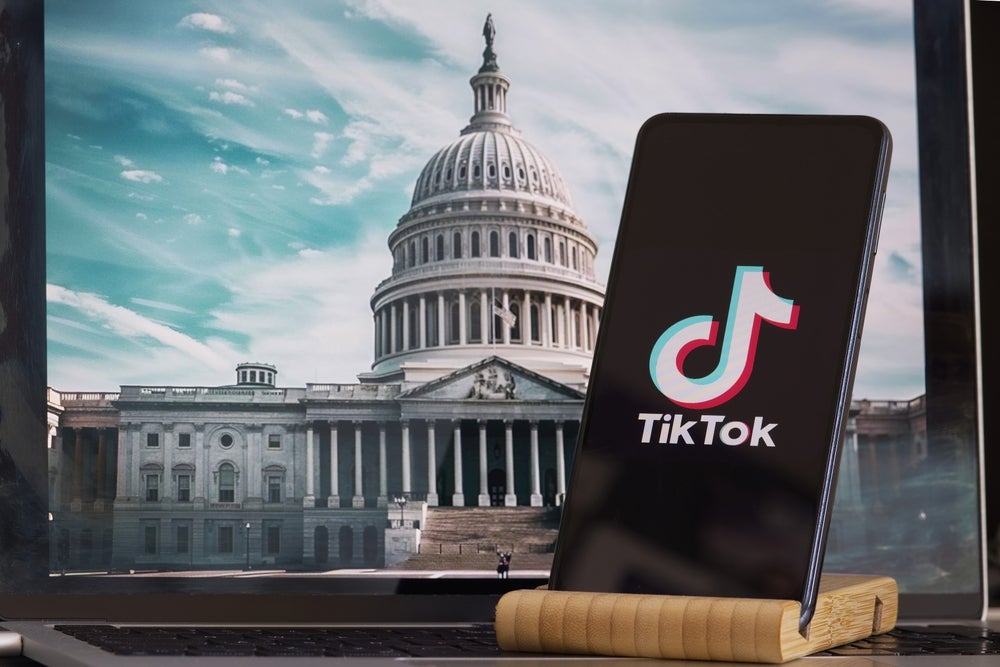
With Oktoberfest over, thousands of artificial intelligence (AI) experts and business leaders descended on Munich for NIVIDIA’s GPU technology conference. Swapping steins for machine learning, attendees gathered at Munich’s International Conference Centre to take part in its 238 sessions and explore the 77 exhibits on show.
Leaving no room for doubt that NVIDIA makes more than just graphics cards for gaming, its CEO and founder Jensen Huang outlined how GPU computing is now at the heart of accelerated computing and, by extension, the heart of artificial intelligence.
As Huang puts it, GPU accelerated computing is allowing us to “solve problems that we couldn’t otherwise solve in the past.”
Those problems range from data science, computational chemistry, medical imaging and climate change.
Huang, full of energy and in his trademark black leather jacket, reiterated once more that Moore’s law is dead and that we are now in the “era of the automation of automation”.
On stage, Huang even took the time to put to bed moon landing conspiracies. Using real-time rendering, he showed the power of NVIDIA’s GPUs with the “simulation of light physics”, taking the image of Buzz Aldrin’s first steps and moving the sun around to show that the shadows were correct – it is the reflective surface of the moon that provided the light source.
How well do you really know your competitors?
Access the most comprehensive Company Profiles on the market, powered by GlobalData. Save hours of research. Gain competitive edge.

Thank you!
Your download email will arrive shortly
Not ready to buy yet? Download a free sample
We are confident about the unique quality of our Company Profiles. However, we want you to make the most beneficial decision for your business, so we offer a free sample that you can download by submitting the below form
By GlobalDataBut it was autonomous vehicles that took centre stage at the GTC. Scattered around the conference were an array of autonomous vehicles and attendees could even take a short test drive in a driverless car.
Showing how far autonomous vehicles have come, attendees were shown a video of a test drive of NVIDIA’s BB8 car in San Francisco. Taking place just days before the conference, the DRIVE AGX powered car covered 80km of traffic filled motorways without a human touching the wheel.
What was announced
NVIDIA and it’s partners had three main announcements. Here’s what’s new:
Automotive
Underlining the dominance of driverless cars at GTC Europe, Volvo announced that it would integrate NVIDIA’s DRIVE AGX Xavier computer to power its next generation of autonomous vehicles. Production is due to start in the early 2020s, with the GPU delivering ‘level 2+’ automated driving experience.
Senior director of automotive NVIDIA Danny Shapiro described that move as a “deal to take the technology and move it to the mainstream.”
German safety agency TÜV SÜD, AVL and NVIDIA are also developing a driver’s licence test for self-driving cars, which pairs real-world testing and simulations to ensure the highest safety standards ahead of the autonomous vehicles revolution.
Medical
King’s College London announced that it is adopting NVIDIA’s DGX-2 GPU and NVIDIA’s Clara platform to turbocharge radiology and pathology.
The DGX’s large memory and two petaflops of computing power means that large 3D datasets, such as x-ray scans, can be processed autonomously in minutes, rather than days.
“This is a huge opportunity to transform patient outcomes by applying the extraordinary capabilities of AI to ultimately make diagnoses earlier and more accurately than in the past,” said Professor Sebastien Ourselin, head of the School of Biomedical Engineering and Imaging Sciences at KCL.
“This partnership will combine our expertise in medical imaging and health records with NVIDIA’s technology to improve patient care across the UK.”
Data science
NVIDIA announced Rapids, an open source library of AI, to “turbo-charge machine learning”. The GPU-accelerated approach is 50 times faster than traditional CPU methods, cutting training time from days to hours or hours to minutes, depending on the data size.
Walmart has been an early adopter of the technology, using Rapids to more quickly create food forecasts and as a result, cut down wastage.
“NVIDIA’s GPU-acceleration platform with RAPIDS software has immensely improved how we use data — enabling the most complex models to run at scale and deliver even more accurate forecasting,” said Jeremy King, executive vice president and chief technology officer at Walmart.
The platform has received backing from the open source community, as well as enterprise with HPE and IBM.
Elsewhere
Meanwhile, attendees explored the VR village and got a feel of Holodoeck’s GPU-boosted virtual reality. There, they stepped inside a construction project to move around the interior and walked around a virtual garage.
AI luminary Jürgen Schmidhuber gave a talk on unsupervised AI, explaining to the audience how the future of evolution consists of self-replicating robots spreading out amongst the stars; Xiaoxiang Zhu, head of Earth’s Observation, showed the power of combining satellite imagery and social media; and Oxford Nanopore showcased its portable, real-time DNA sequencer that is revolutionising farming and medical diagnosis.
Last but not least, startup Brighter AI fought off tough competition to win NVIDIA’s Inception awards. The Dragon’s Den for AI startups offers a $100,000 prize and a NVIDIA GPU unit.
The Berlin-based startup uses AI to clean up images and make them easier to understand – crucial for autonomous cars – as well as anonymising images in the GDPR age so that AI can still process them.







